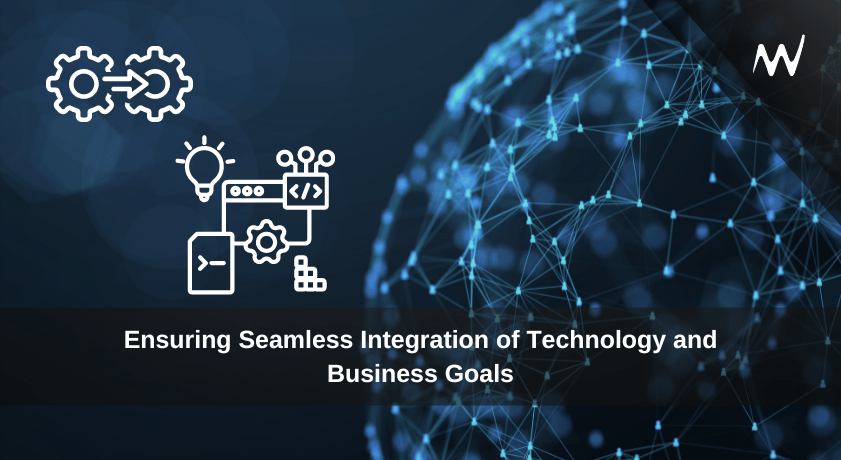Ensuring Seamless Integration of Technology and Business Goals

Introduction
In today’s rapidly evolving technological landscape, keeping applications up-to-date is crucial for businesses to meet user expectations and stay competitive.
Application modernization involves a series of strategic steps to enhance performance, reduce costs, improve security, and provide a better user experience.
In this comprehensive guide, we’ll explore the 15 critical steps that businesses should consider for successful application modernization.
1. Determine the ‘Why’:
Begin with a clear understanding of the objectives behind modernization. Whether it’s reducing tech costs, enhancing user experience, improving efficiency, scalability, security, or compliance – align the end state with desired business outcomes.
Avoid technology-focused efforts with minimal business benefits by establishing a comprehensive change strategy.
2. Start with Identification and Analysis:
Conduct a thorough assessment of current policies, performance, safety, and alignment with objectives. Analyze user experiences, build business cases, and define solutions.
Skipping this step may lead to contradictions, performance issues, and project failure, affecting organizational productivity and user satisfaction.
3. Ensure Stakeholder Buy-in:
Technology is only part of the equation; obtaining buy-in from stakeholders is crucial. Ensure that all affected parties understand how the modernization process benefits them and contributes to higher performance.
This step is essential for successful implementation and continuous improvement.
4. Seek Consensus on Goals, Objectives, and Resources:
Often overlooked, having a consensus on goals, objectives, and resources is crucial.
It helps highlight priorities, preventing conflicts between industry representatives and IT, and ensuring a smooth development schedule.
5. Commit to Change Business:
Anticipate and manage change by adopting a change management strategy.
Beyond technological advancements, focus on the people, culture, and business aspects to drive continuous improvement.
6. Evaluate the User Base:
Prioritize understanding the end-users. Analyze their use cases, behavior, and exceptions before planning modernization.
This ensures a smooth transition, proper training, and addresses any deficiencies in the new environment.
7. Consider Current and Future Profitability:
Gather customer feedback, apply considered effort to planning, and research to ensure the organization leverages the latest techniques and meets evolving user needs for both current and future applications.
8. Understand It’s a Process, Not a Job:
Acknowledge that application modernization is an ongoing process, not a one-time task.
Avoid attempting a “big bang” approach and instead embrace consistent architectural evaluation as a best practice.
9. Analyze, Classify, and Visualize Data Flows:
Complete data classification and discovery to create a map of data flows.
This ensures compliance, maintains user access rights, and reduces the risk of unauthorized data access.
10. Define a Durable API:
Adopt a service-oriented architecture by defining long-lived APIs. This practice decouples development streams, increases developer speed, and reduces costs as the system evolves.
11. List Existing and Interdependent Apps:
Examine the details of all existing apps and their interdependencies to prevent oversights and potential disruptions. This step ensures a seamless transition and avoids inefficiencies.
12. Get Input from Your Customers:
Engage with customers to gather insights on what needs to be modernized and how.
Co-create with them from the beginning, fostering a collaborative approach to change.
13. Secure Your API:
Recognize the expanding surface of API attacks during the transition to microservices and APIs. Implement robust security measures to prevent breaches and protect against modern threats.
14. Add Privacy Through Design:
Incorporate privacy through design principles in the modernization process.
Build privacy and data security measures into the application from the start to prevent potential breaches and protect sensitive data.
15. Check Hardware Compatibility:
Ensure hardware compatibility before initiating application modernization.
Upgrade infrastructure immediately if necessary to avoid running the latest application version on outdated systems, preventing errors and failures.
To learn more, talk to our experts today. Book your free consultation now!
You may also connect with us by mail at info@wrinom.com.
